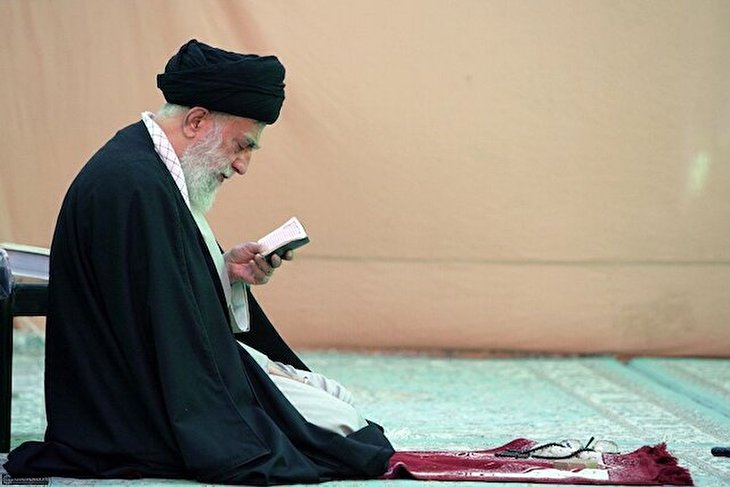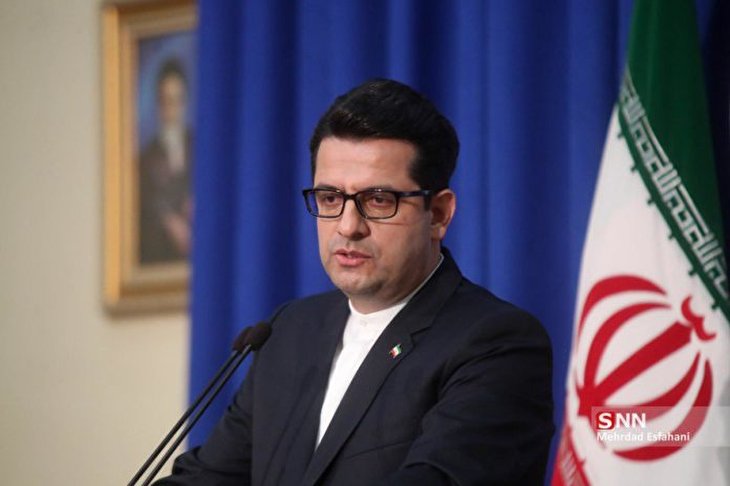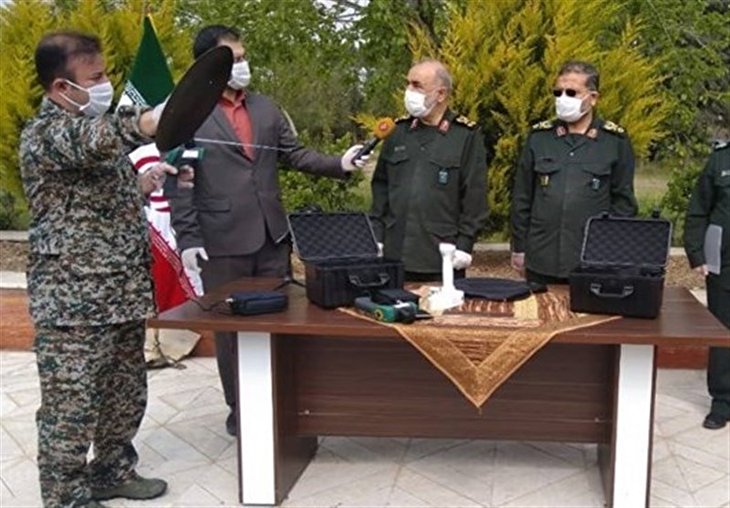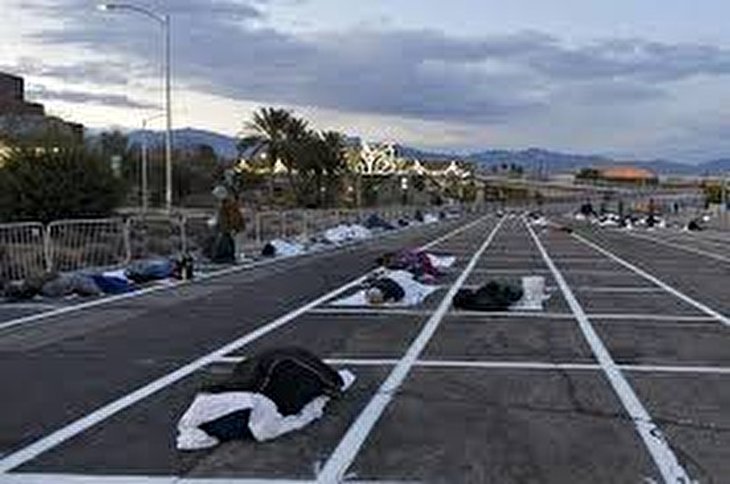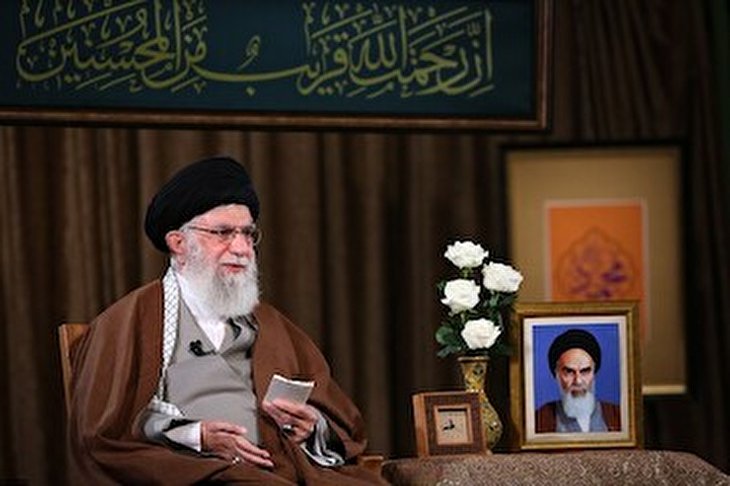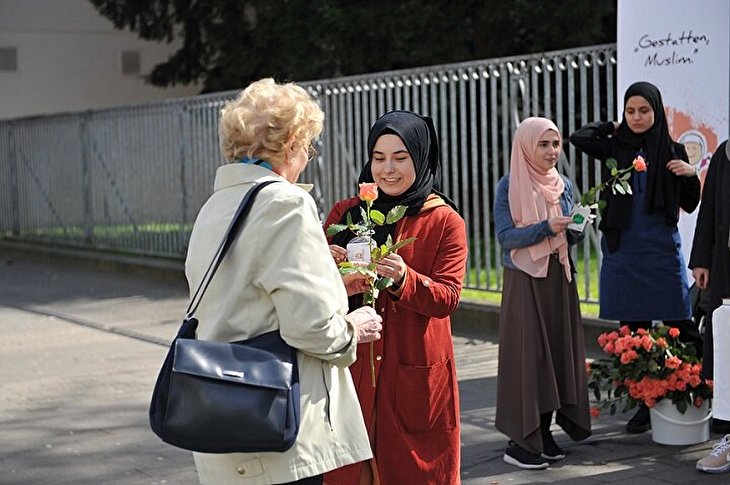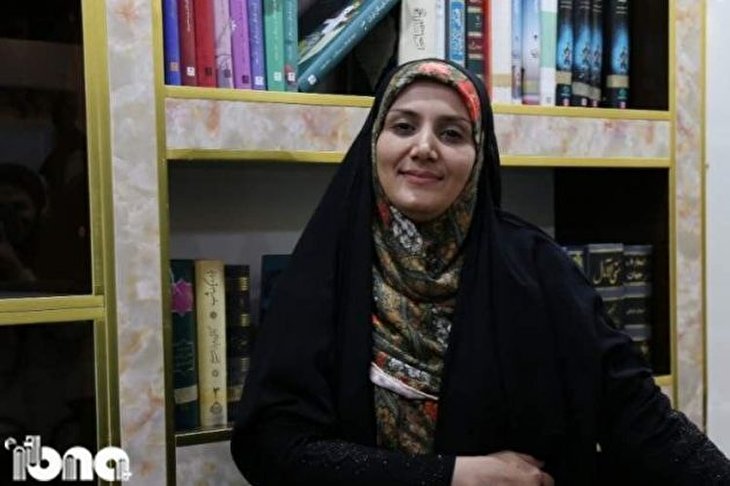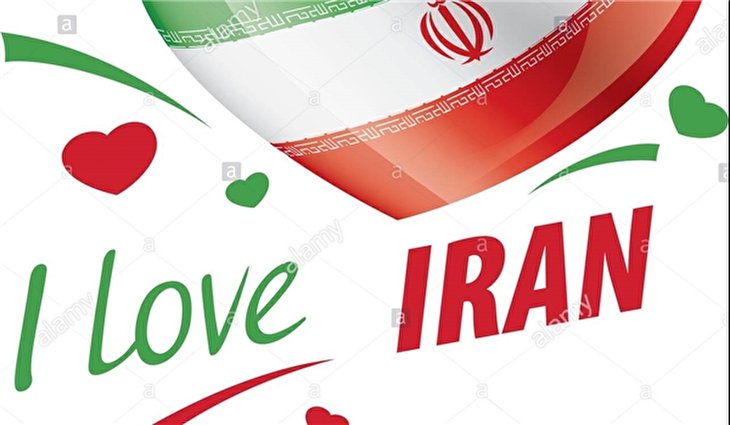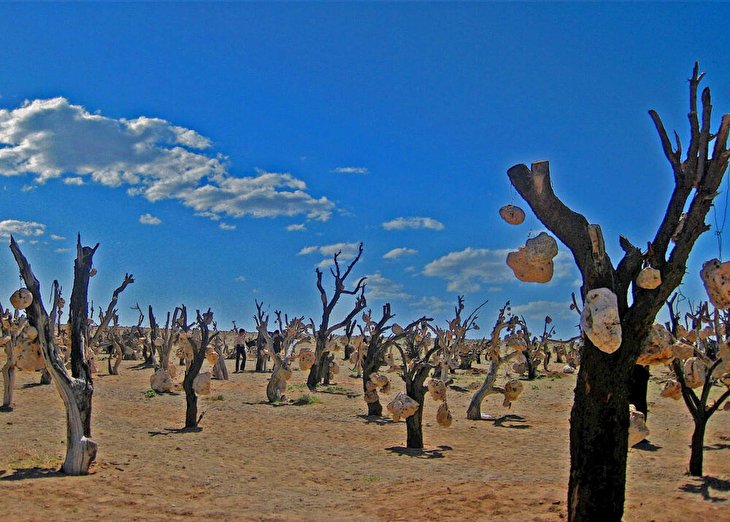
Rumi & Shams Tabrizi: Iranian poets beyond geographical boundaries
Jalaluddin Mohammad Balkhi known as Movlana is one of the most famous Persian poets of Iran whose lovers read his poetry with enthusiasm and spiritual affinity.
Rumi's influence extends beyond national borders and ethnic divide, Iranians, Tajiks, Turks, Greeks, Pashtuns, other Central Asian Muslims, and Southeast Asian Muslims have been heavily influenced by the Persian poet's spiritual heritage over the past seven centuries.
His poetry has been widely translated into many languages of the world. Rumi is known as the "most popular" and "best-selling" poet in the United States.
Rumi wrote most of his works in Persian but also used Turkish and Arabic in his poems. His "Masnavi Manavi Maulana Jalaluddin Rumi" is one of the finest poetry in the Persian language.
Rumi was born in Balkh in 1207 and died in Konya, Turkey, in 1273 and his tomb (Shrine of Rumi) is located in Konya.
Rumi's tomb in Konya is home to many lovers of poetry and mysticism from all over the world.
Over the next twenty-five years, Rumi's literary output was truly phenomenal. In addition to the Mathnavi, which consists of six books or nearly 25,000 rhyming couplets, he composed some 2500 mystical odes and 1600 quatrains.
Virtually all of the Mathnavi was dictated to his disciple Husam al-Din in the fifteen years before Rumi's death. Molana (meaning 'Our Guide') would recite the verses whenever they came to him - meditating, dancing, singing, walking, eating, by day or night - and Husam al-Din would record them.
Writing of Rumi and his poetry, Malise Ruthven (Islam in the World) says, "No doubt the Mathnavi's emotional intensity derives in part from the poet's own vulnerable personality: his longing for love is sublimated into a kind of cosmic yearning.
The Love Object, though divine and therefore unknowable, yields a very human kind of love. In the Quran a remote and inaccessible deity addresses man through the mouth of his Prophet. In the Mathnavi it is the voice of the human soul, bewailing its earthly exile, which cries out, seeking reunification with its creator."
Rumi teachings expressed that love is the path to spiritual growth and insight. Broadly tolerant of all people and other faiths, he says,
Shams-i-Tabrīzī or Shams al-Din Mohammad or Shams Tabrizi was was born in 1186 who died in 1247 and his tomb is in the city of Khoy in West Azerbaijan Province of Iran.
As one of Iran's greatest poets and mystics, he was keen to travel, and it was Rumi who inspired him to study poetry and teach poetry.
In Iran, September 29 has been designated as Shams Tabrizi Day and September 30 as Rumi's Day to honor these two great poets and figures of Iran and the world.
Shams Tabrizi shrine as a historical and cultural place with different architecture It has animal's horn in its structure It has built about 400 years ago.
There is this saying that love happens to us while we're living. But, the truth is life happens to us while we're loving. But, we're just so preoccupied with the nitty-gritties of everyday life that we forget to choose love, every single day. We forget that love, in fact, is the truest and purest essence of the life and time we spend in this world. We leave nothing behind, except the love we left behind as memory.
And that's exactly what Shams of Tabriz taught Rumi before he came to known as the poet of love. In his bid to live a religion of love, Tabrizi swore by the forty rules of love and we should as well.
Source:en.irna



